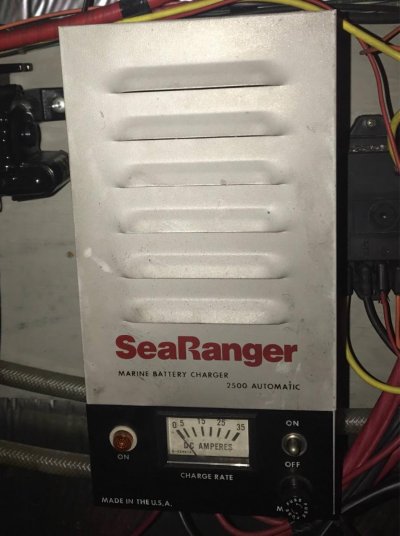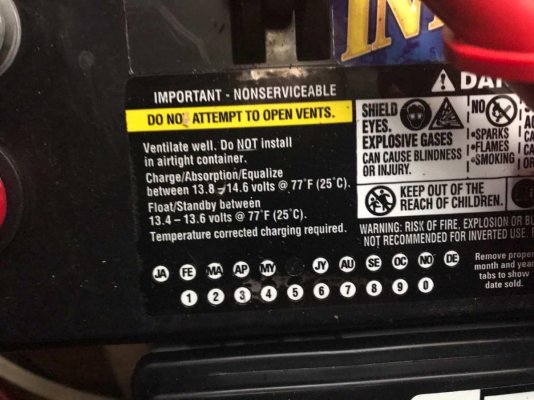slowandsteady
Senior Member
Last week I decided it was time to change the batteries, house and starting banks. There were a pair of group 27 for each use and last year I found out they were replaced in 2012. It turns out that the most accessible starting bank were replaced in 2012. The house bank were replaced in 2011. I replaced my 110v fridge that was running on an inverter and draining down both banks every weekend even when I shut it down for long periods of time. So I figured it was time. Off I went to the East Penn manufacturing warehouse and purchased 4-Deka Group 31 AGM batteries (the Intimidator!) and 2 sets of correct cables to replace the anemic cables that the PO installed with the Group 27 batteries. Here's my question: I have a rather old on board Sea Ranger battery charger that will charge the new batteries and also a standard lead acid battery for my generator (which I replaced in 2015). Do I need a special charger for the AGM batteries? Should I have just stuck to standard batteries? I would hate to have to have to replace the charger.


